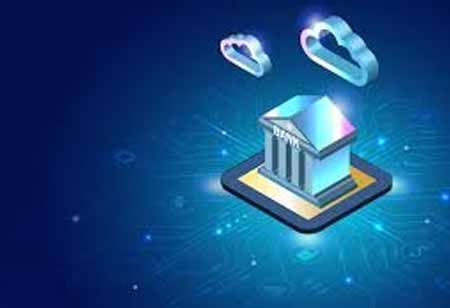THANK YOU FOR SUBSCRIBING

By
Banking CIO Outlook | Thursday, June 30, 2022
Stay ahead of the industry with exclusive feature stories on the top companies, expert insights and the latest news delivered straight to your inbox. Subscribe today.
Companies are adjusting to building more inventive and robust infrastructures as credit card providers come under growing scrutiny from digital disruptors.
FREMONT, CA: The COVID-19 pandemic's impact has ramped up the implementation of electronic payment methods like contactless and card-not-present transactions, forcing card companies to change rapidly. Businesses that think about how to adapt through distinctive goods and services can become more resilient and more competitive in a market that is changing quickly.
How is the credit card industry evolving to digital newcomers?
With four major disruptions, QR codes, buy now pay later, aggregation platform, and e-commerce offerings to the existing paradigm, competitors are gathering momentum as card issuers struggle to meet these threats.
Card companies are establishing cutting-edge, robust systems that enable them to swiftly create and introduce the functionality solutions clients desire to the market in response to growing competitiveness.
Enhancing customer-facing products
Card companies are improving the user experience with new elements such as greater rewards and personalization, adapting when situations change. Issuers also provide perks that appeal to consumers' interests, such as support for small businesses and environmental sustainability. Several debit cards on the market currently offer bitcoin incentives.
Modernizing card platforms
Prominent online merchants and internet platforms' simple and intuitive experiences have raised customer expectations in financial services. To maintain pace, card issuers must implement microservice-based technical designs, increased application programming interfaces (APIs) usage, and cloud-based processing platform hosting. APIs also boost profitability by offering the intersystem communication needed to provide customers with the multichannel solutions they expect. Different APIs meet different demands, and card companies must examine their size, services, and priorities when deciding how to proceed.
Digital tools to enhance credit card fraud management
Synthetic fraud is one of the most common types of credit card fraud, in which fraudulent personally-identifying information (PII) is used to construct new credit profiles. Fraudsters can keep these profiles for up to five years, making it incredibly difficult to uncover bogus accounts. Card companies are combating the activity with increasingly efficient data mining algorithms that distinguish between actual and phony profiles.
THANK YOU FOR SUBSCRIBING
Be first to read the latest tech news, Industry Leader's Insights, and CIO interviews of medium and large enterprises exclusively from Banking CIO Outlook
I agree We use cookies on this website to enhance your user experience. By clicking any link on this page you are giving your consent for us to set cookies. More info



